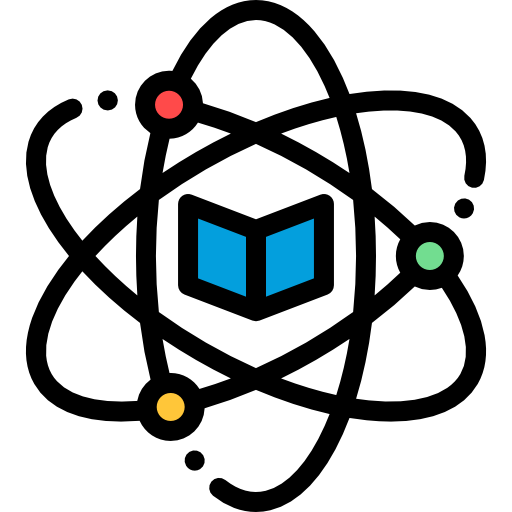Please proceed with your order so that we can facilitate taking your exam on your behalf. Click Here
The first thing that you should do is to make a list of all the different components that you are going to need to get your project done. It should include an outlet, transformer, battery, DC motor, power supply, DC switch, fuse, DC converter and so on. You will find that all these components are sold in a kit form at any hardware store, electronics store or online.
In order to build your generator, you should first of all make sure that you have all the materials that you need. Make sure that you look into the available products before you actually buy them. After you have done the research, it is time to start the construction process.
The first step of building your generator is to start with the wiring of the system. You will find that this step is the most difficult part. When you are working with DC, you can only use a certain type of wire. I would suggest that you use a heavy duty electrical wire that is made to withstand DC.
Another common mistake people make when they are building their generator is that they put the circuit board on top of the battery. This can lead to your battery exploding because of too much heat. You should be working from the ground up.
The next most important step is to connect the battery to the DC motor. You need to make sure that the wires do not come off the connection point. If they do, your project will not work properly.
The last step is to convert the DC generator to an AC motor. You can use a simple multimeter to measure the resistance between the two wire. Once this measurement is found, you need to find the amount of current that is flowing through your wire.
After you have done these steps, you will be ready to build your first DC generator. generator tutorial.
The third step is to connect the power supply to the motor. You will need to make sure that your power supply is strong. If your power supply is not strong, your generator will not run correctly. If your power supply is weak, you will also have to make sure that it is not overloaded. If the generator is overloaded, your generator will not work at all.
The fourth step is to connect the battery to the motor. This step is usually the hardest one. but you can do it by yourself. The next step is to connect the battery to the generator and turn the DC motor on. Once this step is done, you will find that your power source has been turned on and the motor is running.
The fifth step is to make sure that the wires are well connected. After all of the wires are properly connected, you need to use your multimeter to test the voltage across the wires. If you do not have an accurate multimeter, you can use a multimeter that has a multi meter feature. A multimeter like this is capable of measuring many different voltages.
The sixth step is to test the DC motor if there are any leaks in the motor. Make sure that there are no leaks in the DC motor and check if there is any insulation being created. If you see any of these signs, it is time to replace the insulation or repair the leak.
The seventh step is to power the power supply of your generator. You can do this by connecting the power supply directly to the DC motor and testing the connection. Make sure that the connection is not damaged. You will find that this step is not as hard as you think it is.


